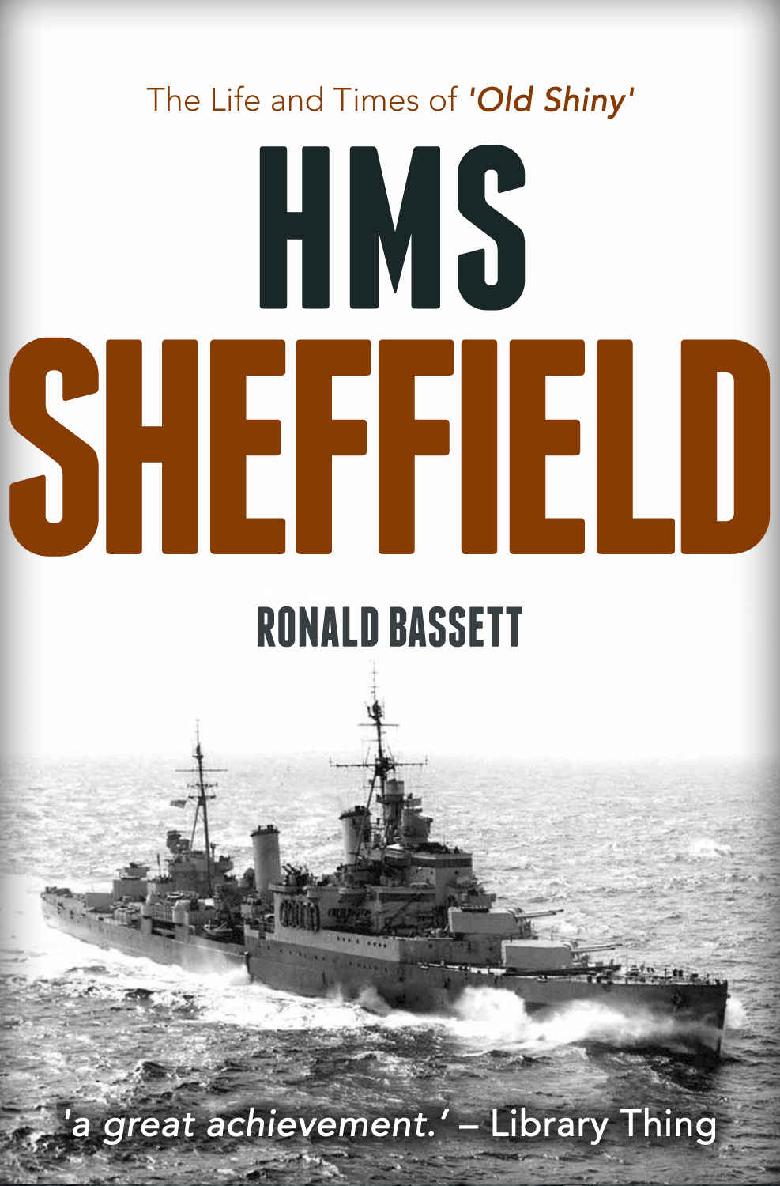
HMS Sheffield (The Life & Times Of ‘Old Shiny’) PDF
2016·0.5077 MB·other
Most books are stored in the elastic cloud where traffic is expensive. For this reason, we have a limit on daily download.
Preview HMS Sheffield (The Life & Times Of ‘Old Shiny’)
Description:
HMS Sheffield was one of the most distinguished warships to serve throughout the Second World War.
Launched in 1936 by Princess Marina, the Duchess of Kent, HMS Sheffield was the third of the Royal Navy’s ten Town-class cruisers.
She marked a number of firsts: the first ship to be named for Sheffield, the first to have stainless steel fixtures instead of brass, and the first to carry operational RDF (Radio Direction Finding - RADAR) equipment.
Old Shiny, as she became affectionately known by her Crew, was manufactured to the high standards of peacetime.
Even hitting a mine was unable to render her inactive for long.
Her crew simply manufactured a wooden patch, and saw her safely home.
Achieving twelve battle honours over thirty years’ service, Old Shiny notably exchanged salvoes with the KMS Bismarck, engaged KMS Admiral Hipper and KMS Lützow, and helped sink KMS Scharnhorst.
A more unusual deployment came in 1956, as HMS Sheffield was one of the ships loaned by the Admiralty for the Technicolor epic The Battle of the River Plate.
Drawn from the experiences of the seamen who lived, fought and served on board, in HMS Sheffield Ronald Bassett paints an evocative and highly personal portrait of Old Shiny, and shows how she was more than just a warship to those who lived on her.
Launched in 1936 by Princess Marina, the Duchess of Kent, HMS Sheffield was the third of the Royal Navy’s ten Town-class cruisers.
She marked a number of firsts: the first ship to be named for Sheffield, the first to have stainless steel fixtures instead of brass, and the first to carry operational RDF (Radio Direction Finding - RADAR) equipment.
Old Shiny, as she became affectionately known by her Crew, was manufactured to the high standards of peacetime.
Even hitting a mine was unable to render her inactive for long.
Her crew simply manufactured a wooden patch, and saw her safely home.
Achieving twelve battle honours over thirty years’ service, Old Shiny notably exchanged salvoes with the KMS Bismarck, engaged KMS Admiral Hipper and KMS Lützow, and helped sink KMS Scharnhorst.
A more unusual deployment came in 1956, as HMS Sheffield was one of the ships loaned by the Admiralty for the Technicolor epic The Battle of the River Plate.
Drawn from the experiences of the seamen who lived, fought and served on board, in HMS Sheffield Ronald Bassett paints an evocative and highly personal portrait of Old Shiny, and shows how she was more than just a warship to those who lived on her.
Ronald Bassett (1924-1996) was born in Chelsea. During the Munich crisis, at age fourteen, he falsified enlistment papers to become a Rifleman of the King’s Royal Rifle Corps (60th Rifles). Following active service, he was exposed and discharged. In his records, his colonel noted, ‘A good soldier. I am sorry to lose him.’ Undismayed, he immediately entered the Royal Navy, in which he remained for fourteen years, serving in the Arctic, North Atlantic, Mediterranean, the Far East and, later, Korea. He died in Surrey. (less)
See more
The list of books you might like
Most books are stored in the elastic cloud where traffic is expensive. For this reason, we have a limit on daily download.
